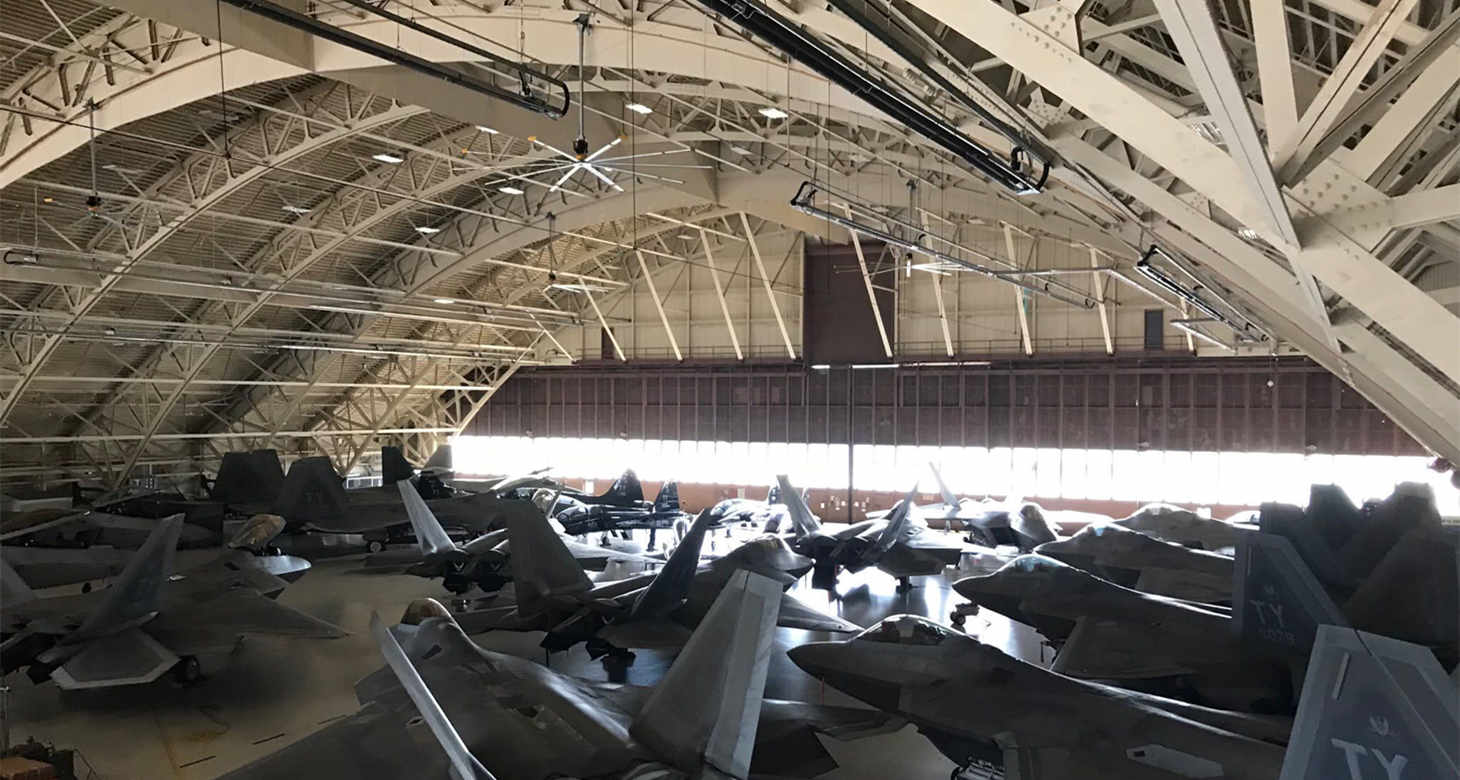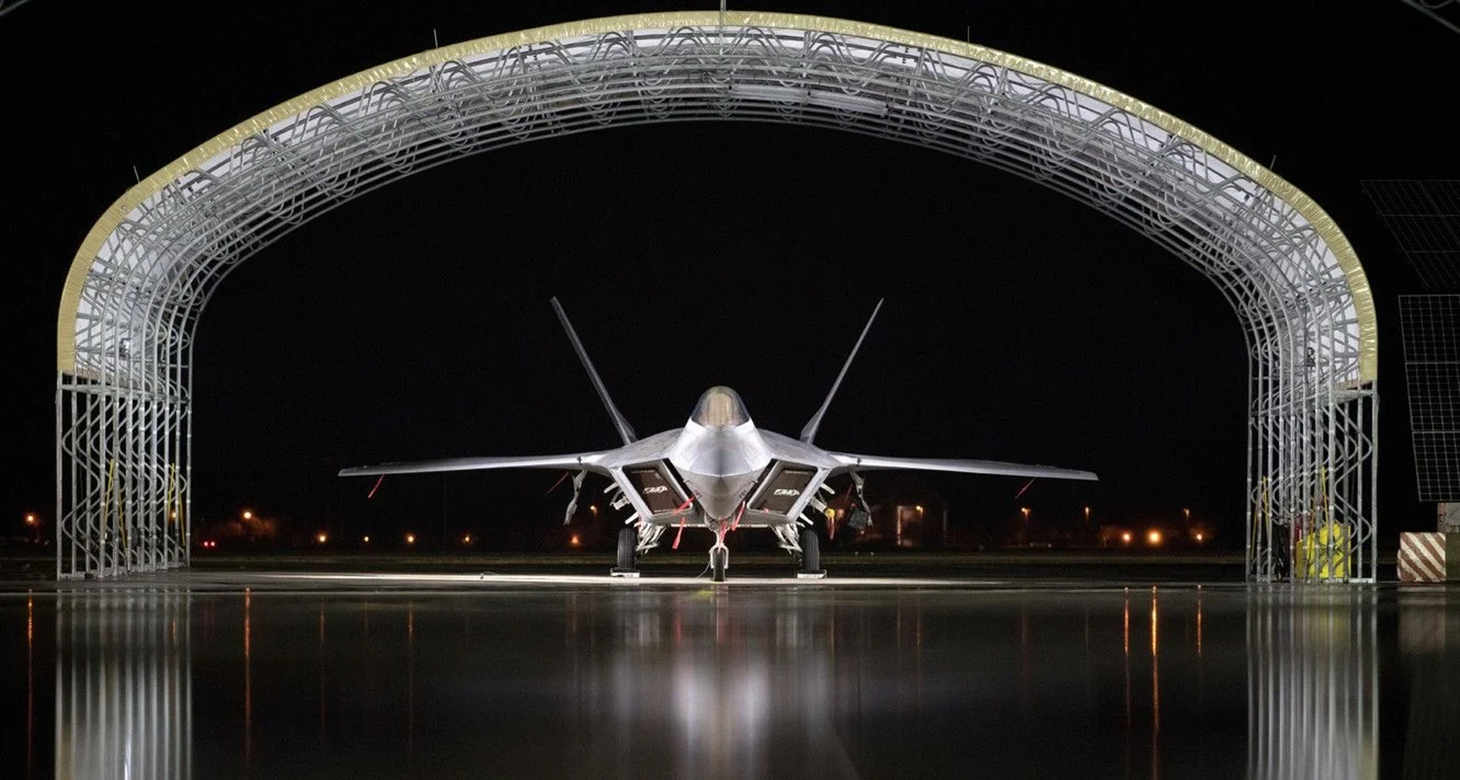Choosing the right steel structure hangar is a crucial decision for businesses and individuals alike. A steel structure hangar can serve a variety of purposes, from aircraft storage and maintenance to industrial use and agricultural applications. The right hangar will provide durability, space efficiency, and cost-effectiveness. This passage will discuss key factors to consider and tips for finding a suitable steel structure hangar to meet your specific needs.

Determine Your Requirements
a. Usage Purpose
Aircraft Storage: If the primary use is for storing aircraft, the hangar needs to be designed with adequate clearance, door height, and space for maneuverability.
Industrial Use: For industrial applications, consider the type of equipment and machinery that will be housed. Ensure the hangar can accommodate these requirements.
Agricultural Use: If used for agricultural purposes, such as storing equipment or livestock, ensure the hangar meets ventilation and space needs.
b. Size and Space Requirements
Dimensions: Measure the dimensions of the items you plan to store or the activities that will take place inside the hangar. Ensure the hangar is spacious enough to accommodate these needs.
Future Expansion: Consider future growth and expansion. A modular design can allow for easy expansion if your storage or operational needs increase.
Assess the Location
a. Site Selection
Accessibility: Choose a location that is easily accessible for transportation and logistics. This is especially important for aircraft hangars.
Zoning and Regulations: Check local zoning laws and building regulations. Ensure that the location complies with all necessary permits and approvals.
b. Environmental Considerations
Climate: Consider the local climate and weather conditions. A hangar in a region prone to heavy snow will need a stronger roof structure compared to one in a temperate climate.
Soil Quality: Conduct a soil test to ensure the ground is suitable for supporting the structure. Poor soil quality may require additional foundation work, increasing costs.
Choose the Right Design
a. Structural Integrity
Material Quality: Ensure that the steel used in the hangar is of high quality and meets industry standards. High-grade steel will provide better durability and resistance to environmental factors.
Engineering: Look for hangars that are engineered to withstand local weather conditions, including wind, snow, and seismic activity.
b. Customization Options
Doors and Windows: Choose the right type and number of doors and windows based on your operational needs. Aircraft hangars may require large sliding or bi-fold doors, while industrial hangars might need multiple entry points.
Interior Layout: Customize the interior layout to suit your specific needs. This may include office space, workshops, or storage areas.

Evaluate Construction and Installation
a. Construction Time
Timeline: Consider the construction timeline. Pre-engineered steel structure hangars typically offer faster construction times compared to traditional building methods.
Contractor Experience: Hire a contractor with experience in constructing steel structure hangars. Experienced contractors can provide better quality assurance and adherence to timelines.
b. Cost Considerations
Budget: Establish a clear budget for the project. Include costs for materials, labor, permits, and any additional customization.
Financing Options: Explore financing options if needed. Some manufacturers or contractors may offer financing plans to spread out the cost over time.
Ensure Compliance and Safety
a. Building Codes and Standards
Compliance: Ensure that the hangar design and construction comply with all relevant building codes and safety standards. Non-compliance can lead to legal issues and potential safety hazards.
Inspections: Schedule regular inspections during and after construction to ensure that all work meets the required standards.
b. Safety Features
Fire Safety: Incorporate fire safety measures, such as fire-resistant materials, sprinkler systems, and fire extinguishers.
Emergency Exits: Ensure that the hangar has adequate emergency exits and clear evacuation routes.
Consider Additional Features
a. Insulation and Ventilation
Climate Control: Depending on the hangar’s use, consider insulation and climate control features. Proper insulation can help maintain a stable internal environment, reducing heating and cooling costs.
Ventilation: Ensure adequate ventilation to prevent moisture buildup and maintain air quality, especially if the hangar is used for storing vehicles or machinery that emit fumes.
b. Energy Efficiency
Lighting: Install energy-efficient lighting to reduce electricity costs. Consider natural lighting options, such as skylights, to maximize daylight use.
Renewable Energy: Explore options for incorporating renewable energy sources, such as solar panels, to make the hangar more energy-efficient and environmentally friendly.
Research Manufacturers and Suppliers
a. Reputation and Reviews
Manufacturer Reputation: Choose a reputable manufacturer with a track record of producing high-quality steel structure hangars. Look for customer reviews and testimonials to gauge satisfaction.
Supplier Network: A good supplier network ensures that you have access to quality materials and support throughout the construction process.
b. Warranty and Support
Warranty: Ensure that the manufacturer offers a comprehensive warranty on the structure. This will protect you against defects and issues that may arise post-construction.
Customer Support: Choose a manufacturer or supplier that provides excellent customer support. This includes pre-sales consultation, installation guidance, and after-sales service.
Finding a suitable steel structure hangar involves careful planning, research, and consideration of various factors. From determining your specific requirements and assessing the location to choosing the right design and ensuring compliance, each step is crucial for a successful project. By following these tips and focusing on quality and customization, you can ensure that your steel structure hangar meets your needs efficiently and effectively. Properly planned and executed, a steel grid structure hangar can provide a durable, versatile, and cost-effective solution for a wide range of applications.
